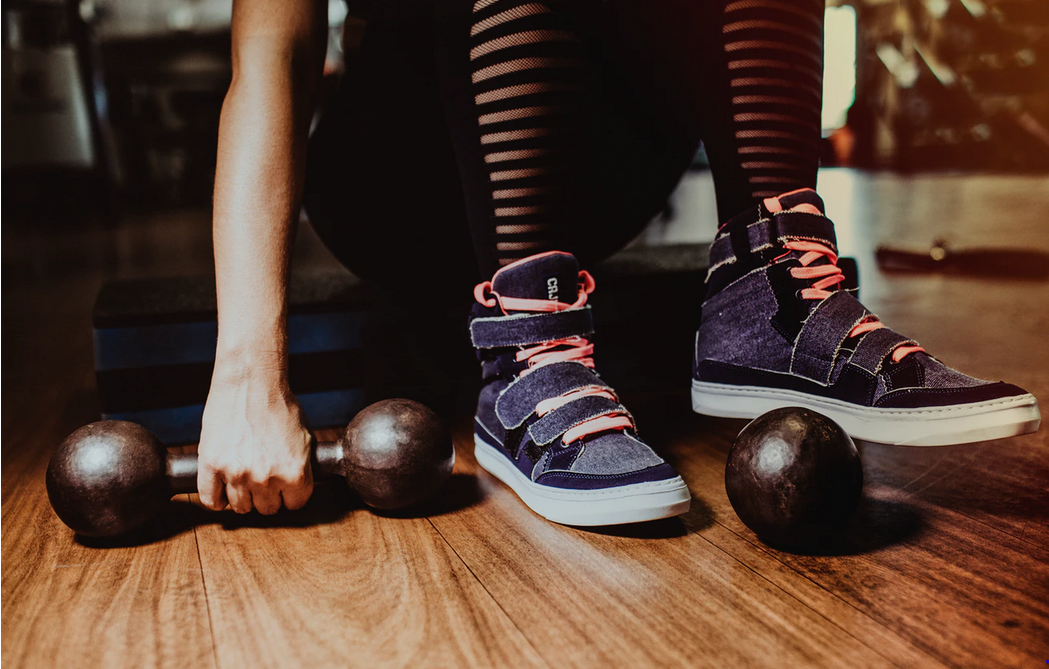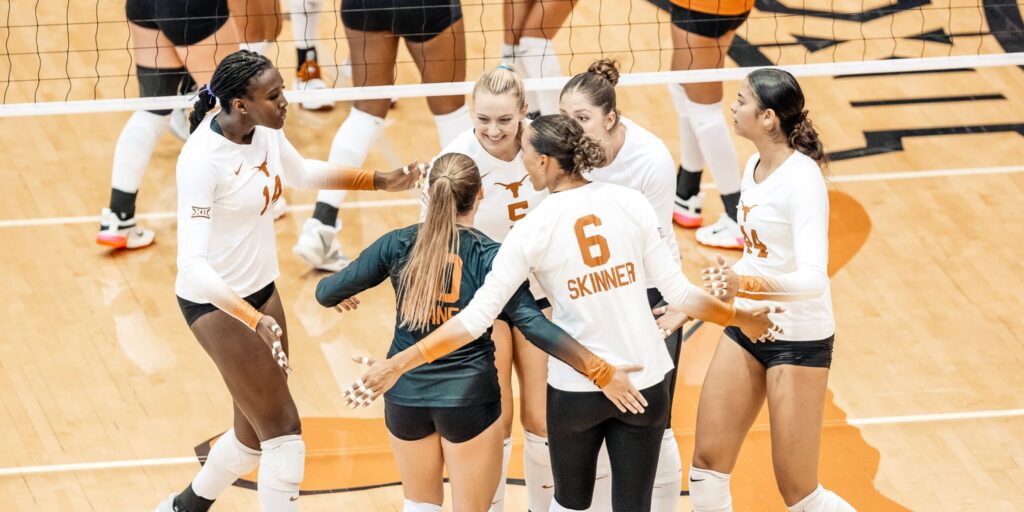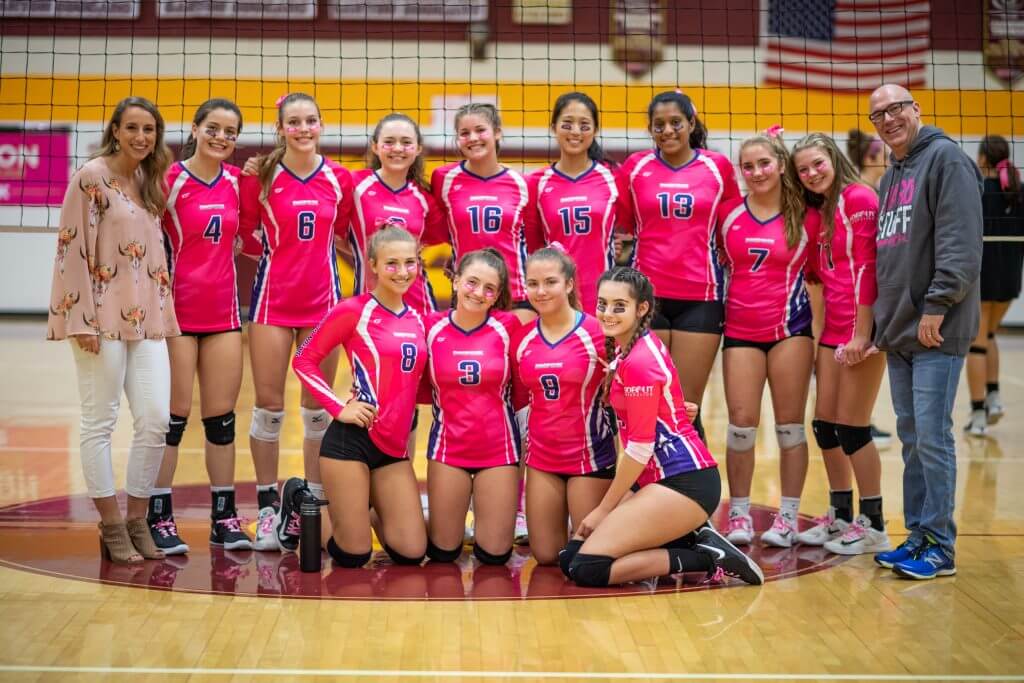As humans, connecting with others and finding the things that we love are inherent to our nature. For some of us, sports, or a particular performance, is something we come to truly love and wish to spend every waking minute playing and practicing. Unfortunately, we cannot spend every waking minute playing a sport or practicing a performance. It is not possible for our bodies to physically handle and we are not always necessarily in the right environment.
Luckily for us, one thing that is always available to practice our particular sport or performance is our mind. Perplexed? Let me explain. The sport psychology skill of imagery, commonly known as visualization, is a mental skill that allows us to practice our sport or performance in our mind: anytime, anywhere. Maybe right now you are thinking, “Huh? What? Any time of the day? Any location? Even on my couch?!” Yep, you got it! Like I said earlier, even though we cannot always be physically practicing, we are technically always able to be mentally practicing.
So, What’s Imagery?
Imagery is when you use your senses to either create or re-create an experience inside your mind (Vealey & Greenleaf, 2001). Take a moment to close your eyes and imagine yourself eating your favorite meal. Can you see the contents of the meal on a plate or in a bowl? Can you taste the saltiness, bitterness, or sweetness of the dish? Can you smell its aroma? Can you hear anything with the dish as you start to eat? Can you feel the texture of it?
If you were able to internally experience some or all of the five senses, you have just had a polysensory imagery experience. Most likely, you did not just experience the food itself – you probably heard other things going on in the room where you were sitting, saw other things in the environment, or smelled other scents around you. This makes sense because our minds think in images and experiences.
Chances are if your favorite meal is spaghetti (like mine) you did not just see the word “spaghetti” typed out in your head. You could see it’s yellow and red colors, feel it’s slipperiness or al dente firmness, taste it’s saltiness and/or sweetness (depending on your sauce), hear the “slurpppp” as you suck in a noodle, and smell its tomato-y goodness! The stronger you can make the senses come to life inside your mind, which is called vividness, the more powerful your imagery practice will become.
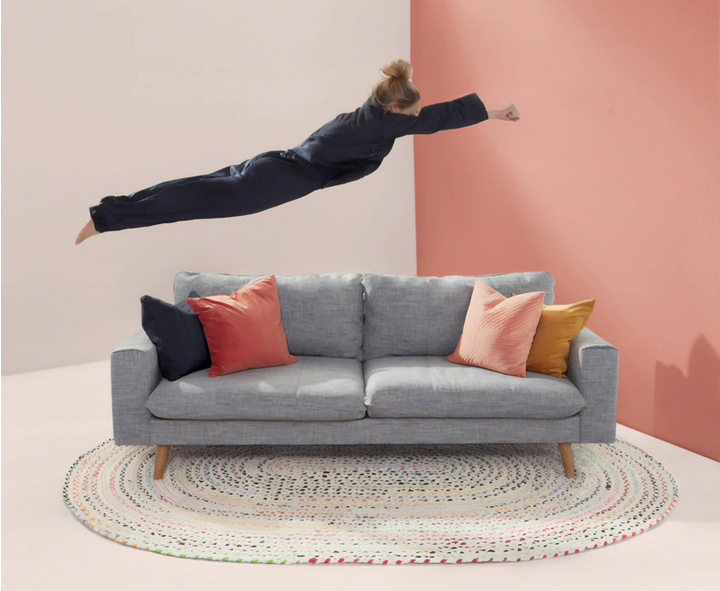
Fun Fact: The field of sport and performance psychology uses the term imagery, rather than visualization, because the term visualization only implies that we SEE experiences in our minds – when we know that this simply is not true – as just discussed, we can see, smell, taste, feel, and hear experiences in our minds.
Imagery’s Purpose
Now, imagery as a practice for sport and performance is meant to help with learning and developing our skill sets. Sorry to say, imagining our favorite meal in our minds is not going to improve our abilities in sport. That particular experience may bring you joy or happiness (and probably cause you to feel hunger), but for our purposes, we want to use imagery for other reasons.
If you are an experienced player or performer, imagery is a vital asset to your ability to further develop skills that you already possess. If you are working to improve your current approach to the net or are honing in on how to serve to a smaller, more particular spot on the court, effective imagery, i.e. clearly and accurately experiencing yourself have success in that skill, will allow you to build the muscle memory required to execute the skill when it comes time to perform in real life.
Don’t believe me? Research with Olympic downhill skiing has shown that a skier only practicing imagery (they are just in a room imagining the ski-run in their mind) will have the muscles in their legs fire in the exact same order as if they were outside physically downhill skiing (Suinn, 1980). Whoa! Pretty cool, huh? This information tells you that if you practice yourself being successful at a skill in your mind, you can train your muscles to fire in the order you want them to when you actually go to physically execute the skill.
Of course, the muscles do not go off at the same strength in your mind as they would when you are actually performing, but still! You can build your muscle memory just by practicing effective imagery.
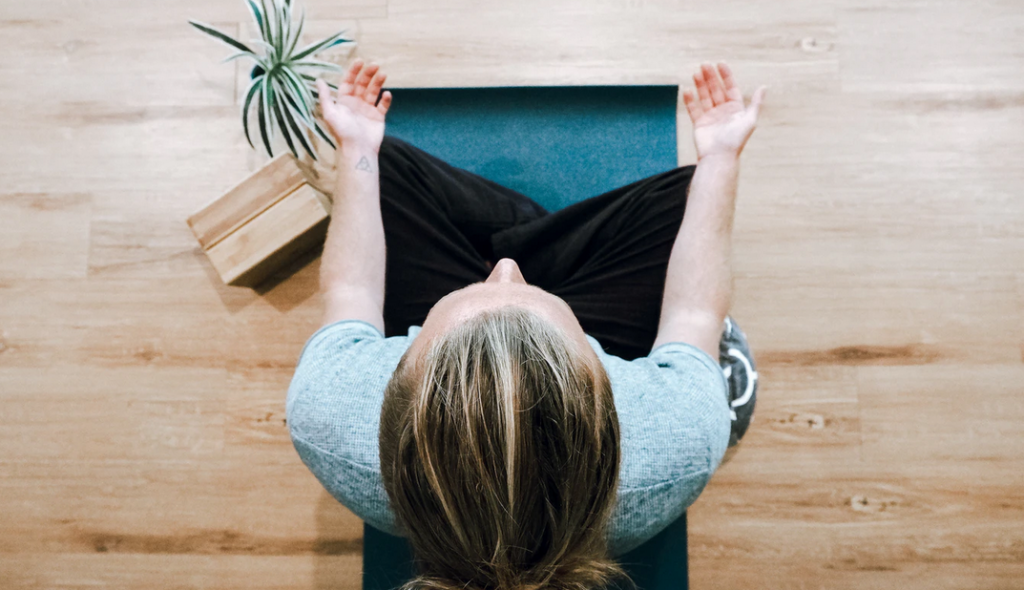
A note for less experienced players: Developing skill and technique through imagery is most beneficial for those who are more experienced in the sport or performance area. We have all been brand new to every sport or performance we have ever done. Please do not be discouraged, you can still use imagery. Just remember that nothing replaces physical practice – especially, at the beginner level.
Imagery can not only be used to practice and develop skill sets, but you can also utilize imagery just before a practice or a performance. Using imagery in this way, prior to the actual event, is called mental rehearsal. You are rehearsing in your mind what you want to happen and how you want things to go as you are about to perform. You can implement mental rehearsal as a part of your pre-performance routine. Just take a minute or two before you warm-up to imagine how you want the performance to go in your mind. Imagining your success can help you relax and feel confident as the event is about to begin.
Imagery can be used in a variety of ways and there are a variety of elements and types of imagery that one can implement. If you want to learn more about imagery and how it works, check out Paige’s bio on how to contact her for more information!
